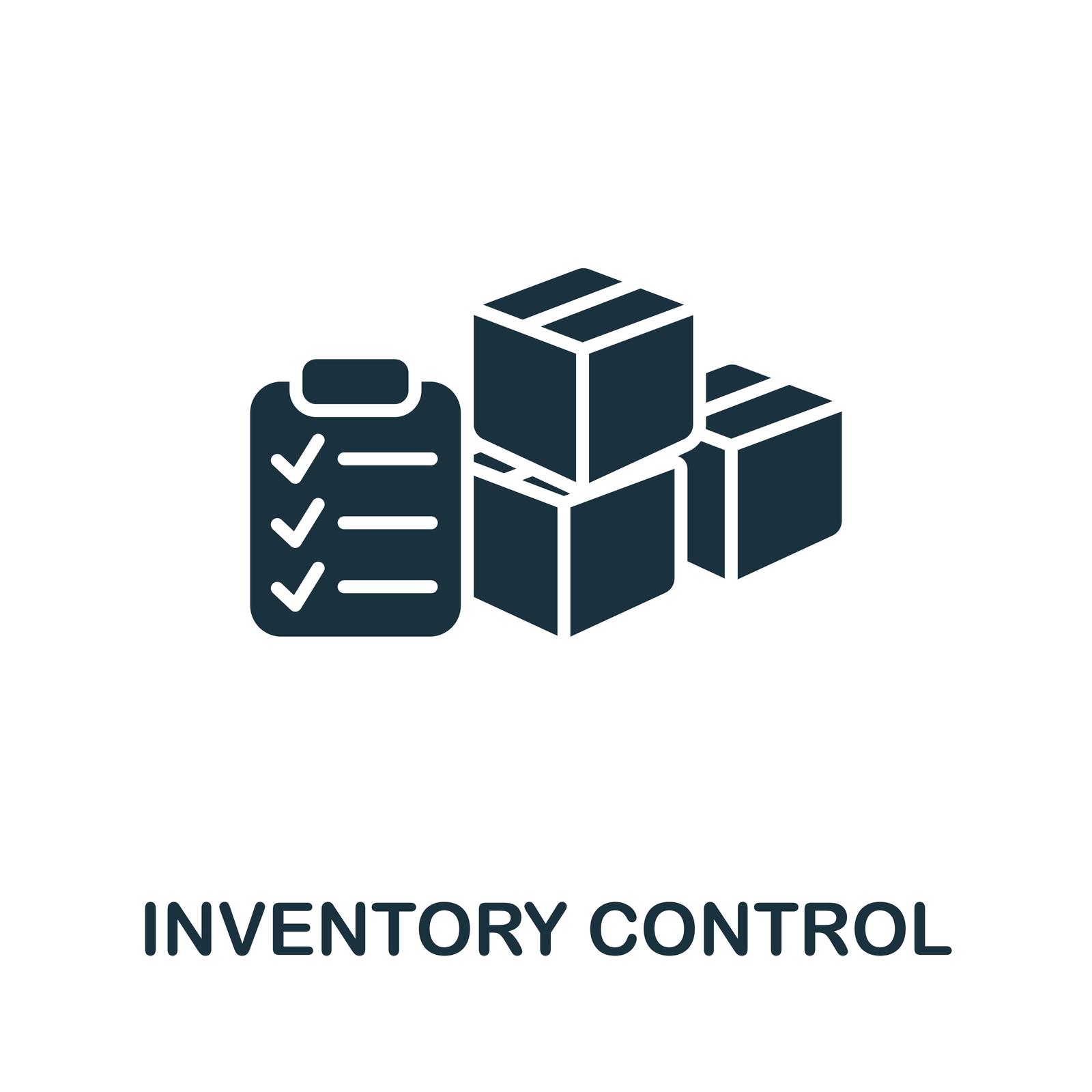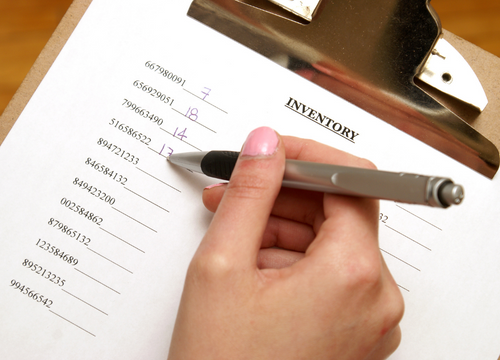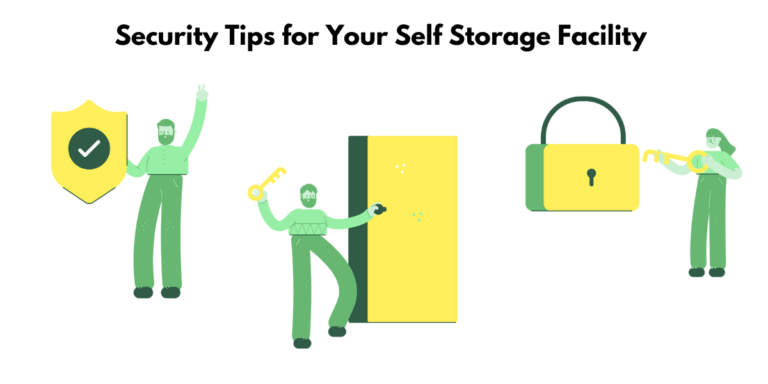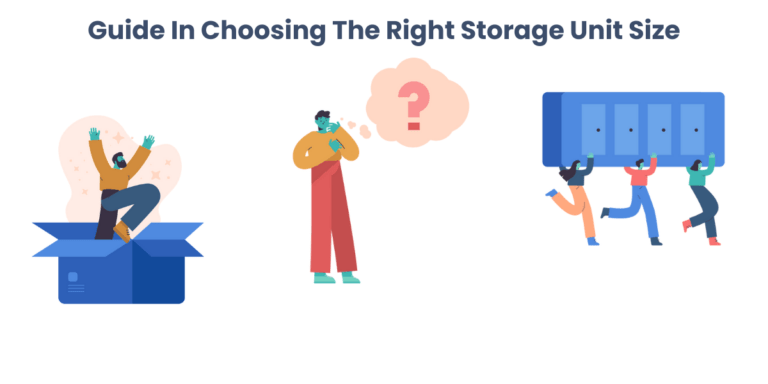Inventory Storage: Why self-storage is the best solution for your inventory management
Self-storage as an inventory storage solution for your small business
If you’re a small business owner, you know that space is often at a premium. You may not have the luxury of extra square footage for storing inventory, especially if your business is home-based. So what’s the solution?
Self-storage can be an ideal solution for businesses that need to store inventory but don’t have the space to do so onsite. Self-storage units are typically less expensive than renting commercial storage space, and they offer flexibility in terms of length of stay and access.
There are a few things to remember when using self-storage for inventory storage, such as climate control and security. But with a little inventory planning, self-storage can be a cost-effective way to store your business’s inventory.

What is an inventory storage area?
Inventory storage areas (ISAs) are used by businesses to track the inventory levels of their products. They can also be used to keep track of the number of units produced and the number of units in stock.
Why is inventory storage important?
Inventory storage is important for businesses because it allows them to track and forecast sales. It also allows companies to keep track of product variants and inventory levels. This helps businesses identify and fix problems with products before they become customers’ problems.
What is the purpose of an inventory system?
An inventory storage area is important for keeping track of a company’s products and materials. It allows for efficient and accurate accounting and decreases the need for buffer inventory. A central storage system can help to manage this process by keeping all departments coordinated.
How to use self-storage as an inventory solution
If you’re running out of storage space in your home or office, self-storage can be a great solution for freeing up some extra room. You can store seasonal items, old furniture, excess inventory, and more.
Though, there are a few things to remember when using self-storage as an inventory solution. Here are some tips:
Static shelving
Static shelving is a storage solution that can hold inventory in one place. It is often placed in one location to hold lighter inventory items.
Implement inventory management and tracking
Self-storage is an effective solution for inventory management companies because it is simple and effective for businesses. With good inventory management in supply chain, businesses can avoid stockouts, keep up with customer demand, and grow their business.
Arranging inventory
Many small businesses struggle with managing their inventory, but self-storage can help alleviate some of those challenges. Self-storage can be used to store inventory, and properly managing inventory can help a small business stay organized and run more smoothly. There are many software options available that offer affordable ways to manage inventory, including the ability to conduct audits and warehouse audits. Spreadsheets are still used for some reports, but an inventory app and some tools designed to manage inventory often offer more features than spreadsheets.
Picking
A self-storage facility is a great option for businesses looking to store inventory because it provides enough space to organize products and store them temporarily. Giving receiving employees the space, they need to work efficiently reduces the time it takes to input new inventory into the system. Improving accuracy by organizing products in a specific way can reduce the time it takes for workers to find what they’re looking for. Wearable or handheld scanning devices can prevent errors in picking. Checking and picking equipment regularly reduces the chance of breakdowns and theft. Using fewer shipping containers speeds up the process. By storing inventory in a few standard sizes, workers will spend less time packing products. Use well-organized pick lists to limit the time workers spend picking items. Conveyors are not necessary for self-storage, but they can help with organization and speed of operations.

Find a helpful warehouse management system app
Businesses need to find an affordable inventory management software system when using self-storage, as this can help to track and manage stock without spending a lot of money. Many helpful inventory management apps are available to make the process easier and more efficient.
Move business inventory off-site
A business may want to move its inventory off-site for various reasons. Stock control inventory can help businesses manage their inventory by tracking multiple locations at once, which can free up time and resources. In addition, it allows businesses to prioritize and refine their categories, track the number of items, and monitor the condition of stored items.
Hire outside help as your business grows
When using self-storage for inventory management, it can be beneficial to hire outside help. This is because hiring staff can help streamline the process and free up time to focus on other important tasks. In addition, Warehousing can be used to turn storage units into mini-distribution centers, which can improve the efficiency of your small business inventory management system.
What are the benefits of using self-storage for inventory management?
There are many benefits of using self-storage for inventory management. Here are just a few:
Keep your inventory organized and accessible
Self-storage can benefit inventory management by alleviating excess work, creating a harmonious working environment, and ensuring inventory are managed effectively.
Avoid the high costs associated with high-volume ecommerce fulfillment
Self-storage is a great solution for inventory management for businesses with high inventory turnover rates. A self-storage has a low inventory holding cost option that doesn’t penalize businesses for slow-moving inventory. Additionally, self-storage has a strong technology backbone and an experienced operational team, making it an ideal choice for businesses with high inventory turnover rates.

Reduce the amount of time you spend receiving and handling inventory
Self-storage can help reduce the time spent on inventory management by focusing on high-profit items and storing products closer to the packing desk. Arranging products based on where they will be shelved is another way to streamline inventory management. There needs to be enough space for workers to temporarily store items until they are where they need to go. Space for receiving employees to work efficiently is key to reducing the time spent on inventory management. Giving receiving employees the space they need helps reduce the time it takes to input new products into the catalog. The faster workers can shelve incoming products, the sooner they can move on to other tasks.
Minimize the amount of space you need to store your inventory
Self-storage can help minimize the space needed to store inventory by using racks that stack goods higher and retrieve items with automated retrieval systems. Mobile shelving can also be used to store seasonal products compactly.
Avoid the dangers of having your inventory stored in a cluttered environment
It is important to have a clean and organized self-storage unit for inventory management to reduce the chances of accidents, wasted time, and traffic jams. A well-organized self-storage unit makes inventory management easier by setting up obvious storage capacity and aisles. This allows workers to move quickly through the warehouse without wasting time.
FAQs
Here are some of the most frequently asked questions about inventory storage:
What is the best option for inventory storage?
Warehouse storage is the most traditional of all inventory storage methods.
Third-party providers handle receiving, packing, and shipping, freeing up time for businesses to focus on other aspects of their business.
Proper inventory storage can optimize efficiency, minimize inventory storage costs, and save employee time spent scouring through warehouses.
Why is the layout of warehouses important?
The warehouse layout affects warehouse inventory control because it makes future development possible. Poor layout of warehouses can lead to inefficient processing and reduced customer satisfaction.

What do retail businesses need to know about inventory storage?
There are many different systems available for inventory storage, and retail businesses must choose the right one. Shopify POS can be used to manage inventory from the same back office. Retail businesses should compare inventory costs to revenue to see which items are selling out or sitting on shelves. They should also forecast demand and make decisions based on that forecast.
How do you track inventory in storage?
Several inventory tracking software options are available, some of which are included with ShipBob. These software options provide features such as warehouse and inventory audits, making tracking and managing inventory easier. Central storage systems can decrease safety stock, but they also come with other benefits (for example, less safety stock to manage). Self-storage is another option for warehouse inventory management, and it has many benefits.
How do you control costs for inventory storage?
If inventory needs to be stored in a central location, the best solution is to invest in warehouse inventory storage. This solution requires an initial investment in time and capital, but it can be cost-effective in the long run. Warehouse inventory storage can have fewer errors than self-storage and be more professional. However, investing in a team to manage the warehouse may be necessary, and long-term savings may not be guaranteed.
- Inventory Storage: Why self-storage is the best solution for your inventory management - November 25, 2022
- Climate Controlled Storage: What is it, and do you need it? - December 1, 2021
- Storage Space and Inventory Management Solutions For Small Businesses - October 12, 2021







